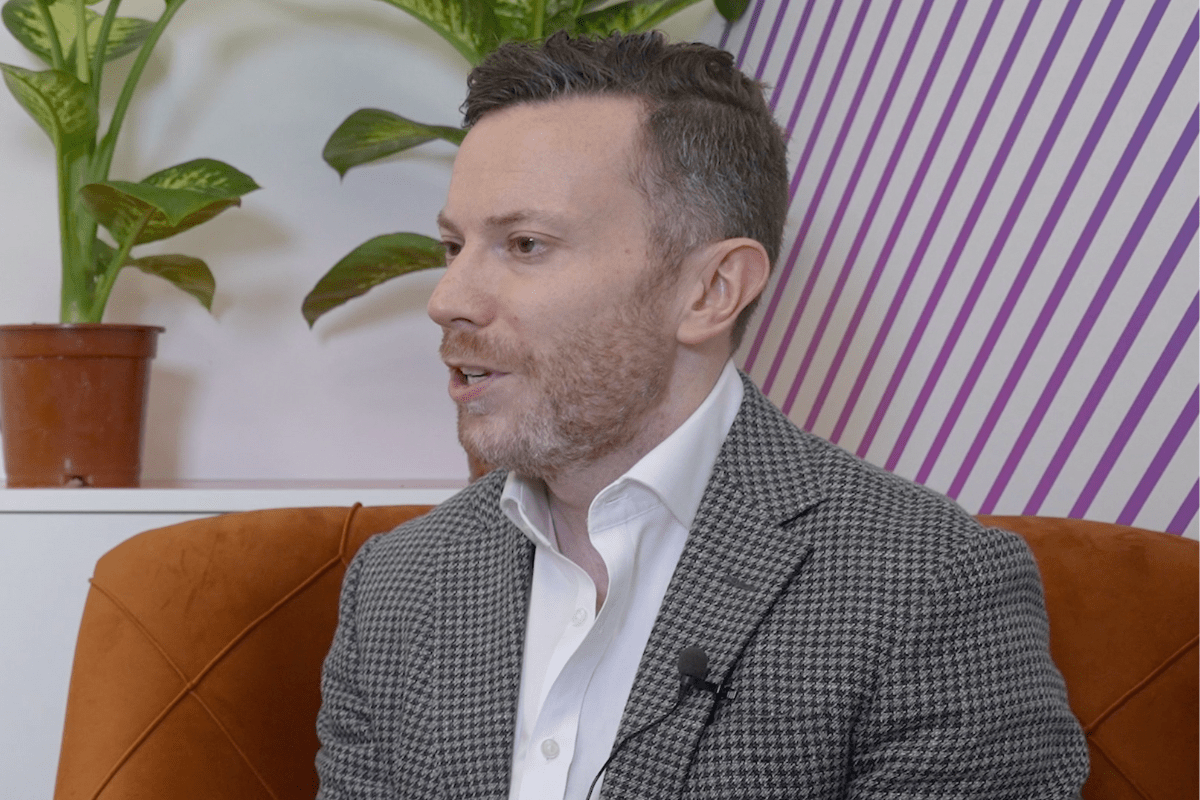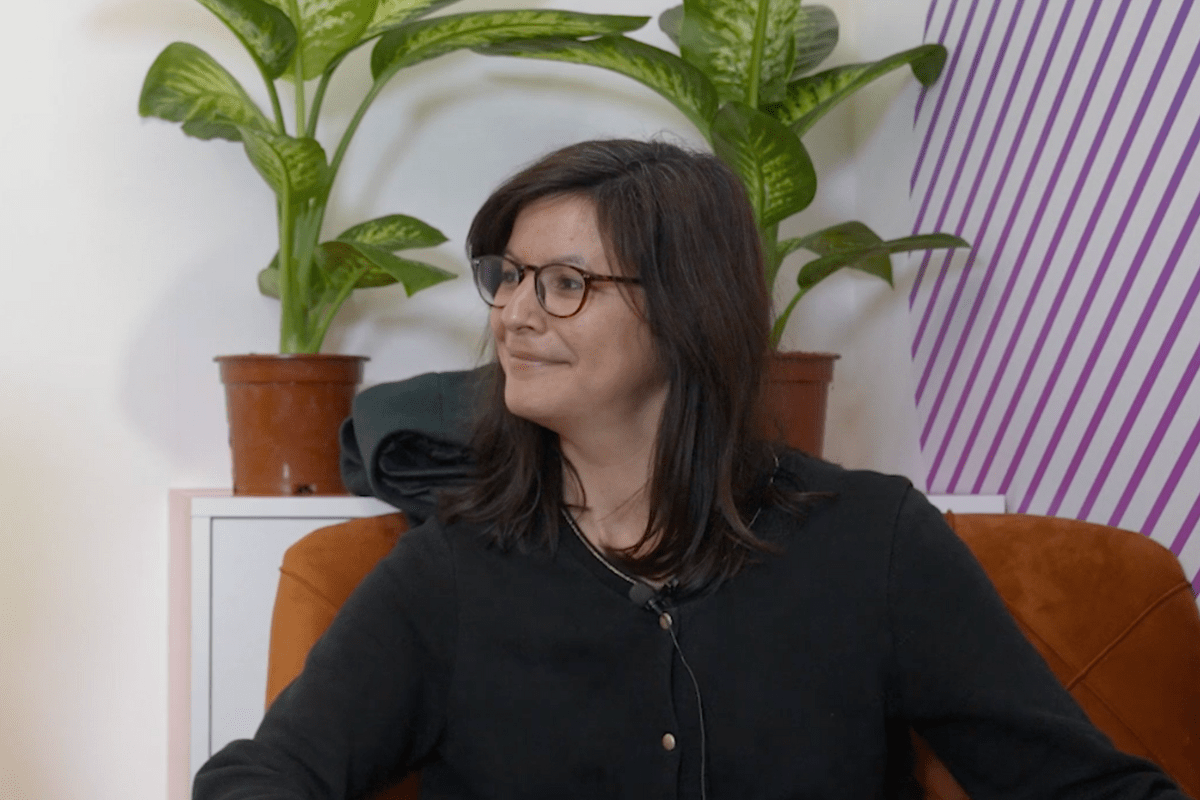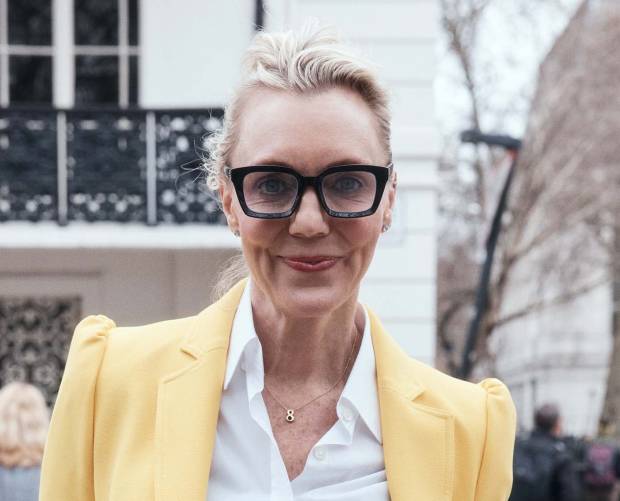Talking sustainable advertising with Simon Johansson, Sustainability Lead, SeenThis
- Thursday, May 11th, 2023
- Share this article:
Following the news that SeenThis’ carbon reduction goals have been approved by the organisation behind the international standard for corporate climate target setting, the Science-Based Targets initiative (SBTi), the adaptive streaming company’s Sustainability Lead, Simon Jonansson, tells Mobile Marketing about SeenThis’ efforts to reduce the climate impact of online advertising…
 Mobile Marketing: Can you tell us about the Science-Based Targets initiative?
Mobile Marketing: Can you tell us about the Science-Based Targets initiative?
Simon Jonansson: SBTi is a collaborative effort between the United Nations Global Compact, World Resources Institute (WRI), World Wide Fund for Nature (WWF), and CDP which empowers businesses to establish ambitious emissions reduction objectives which align with the most up to date climate science. Almost 5,000 businesses around the world are already working with it – and the numbers are growing all the time.
SBTi’s rules are stringent but it is encouraging more companies to set science-based targets as it continues on its mission to accelerate and consolidate the process of supporting the world’s companies and organisations on their journey to reduce emissions to as close to zero as possible.
MM: Please tell us about your approved targets, what this all means for SeenThis?
SJ: We’re thrilled to announce our pledge to significantly decrease our carbon footprint by 2030, with our near-term science-based targets having been approved by SBTi. Through the SBTis SME pathway, SeenThis has committed to reducing our scope 1 and 2 greenhouse gas emissions by 42 per cent from a 2021 baseline by 2030, as well as measuring and reducing our scope 3 emissions. As part of this initiative, we will publicly disclose our emissions and monitor our progress towards our goals on an annual basis.
MM: Why did you choose to take this path?
SJ: SBTi drives ambitious climate action by defining and promoting best practices in emissions reductions and targets in line with climate science. It enables companies to set science-based emissions reduction targets in accordance with the Paris Climate Agreement to limit global warming to 1.5 °C. The framework provides a valuable, goal-setting standard and we believe our industry can greatly benefit from using measurable standards such as this one.
Committing to significant carbon footprint reduction and setting science-based targets approved by SBTi also showcases our dedication to sustainability and corporate responsibility. It aligns our business strategy with global efforts to tackle climate change and ensures our targets are grounded in the latest science.
MM: Has this always been important to SeenThis?
SJ: Certainly. Since 2017, SeenThis has been on a mission to create a more energy-efficient internet, starting with digital advertising and the media industry and transforming the distribution and climate impact of digital content. Our adaptive streaming solution is built to be smarter about if, what and when data should be sent. By eliminating data that is never consumed by a human, SeenThis enables advertisers to reduce data waste, avoiding an excessive carbon footprint and helping to drive a high-speed yet energy-efficient internet.
Our technology minimizes unnecessary data in digital advertising, resulting in both enhanced user experience and the enabling of reduced climate impact. We are all about combining performance with sustainability and transparency and we aim to place more power in the hands of advertisers to improve ad performance whilst contributing to a more sustainable industry. For instance we recently launched an Emissions Dashboard to enable clients to measure data transfer and related carbon footprint, with performance insights at creative, campaign and agency level. It includes key insights such as measurements of data transfer and carbon footprint of the ad delivery, and estimations on reduced data waste and avoided emissions.
MM: What would you say to others thinking of embarking on a similar journey?
SJ: It’s important to minimize your own negative impact; your global footprint. In regards to the environment and climate, this relates first to building an understanding around where you stand in terms of your carbon footprint in your value chain. It’s important not to focus only on the emission driving activities that you yourself have direct control over, but rather all areas of the value chain where you have an influence – so, scope 1, 2 and 3. But with that said, don’t wait for precise numbers or exact calculations – act early where you can to start to reduce your emissions.
Meanwhile, aim to maximize your positive contribution; your global handprint. At SeenThis, our handprint is closely tied to our product: By using SeenThis, other players in the value chain can reduce their footprint, and by that our solution can avoid emissions.
Climate change is our generation’s most challenging and pressing issue. We are committed to the evolution of transformational technologies and to empowering our clients in their sustainability efforts. Adhering to science-based targets can help to drive ambitious corporate climate action – leading the way to a low-carbon economy, boosting innovation and driving sustainable growth.
In all of this, evidence-backed targets have an important role. They show organizations how much and how quickly they need to reduce their greenhouse gas (GHG) emissions to prevent the worst effects of climate change and why. What’s more, a climate-secure world goes hand-in-hand with successful business operations – and we must act now. We have limited time.
About Simon
As Sustainability Lead at adaptive streaming technology company SeenThis, Simon works to integrate sustainability into organizational strategy; collaborating to develop and implement initiatives which drive positive impact for both business and environment. Simon and the wider SeenThis team are on a mission to create a fast internet with a smart footprint by reimagining how digital content is delivered.
Read more about SeenThis’ sustainability efforts, state- of-the-art adaptive streaming technology and carbon footprint measurement here.
















